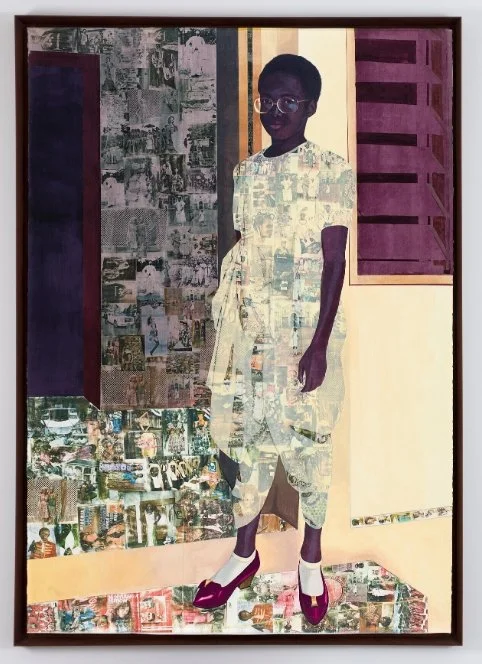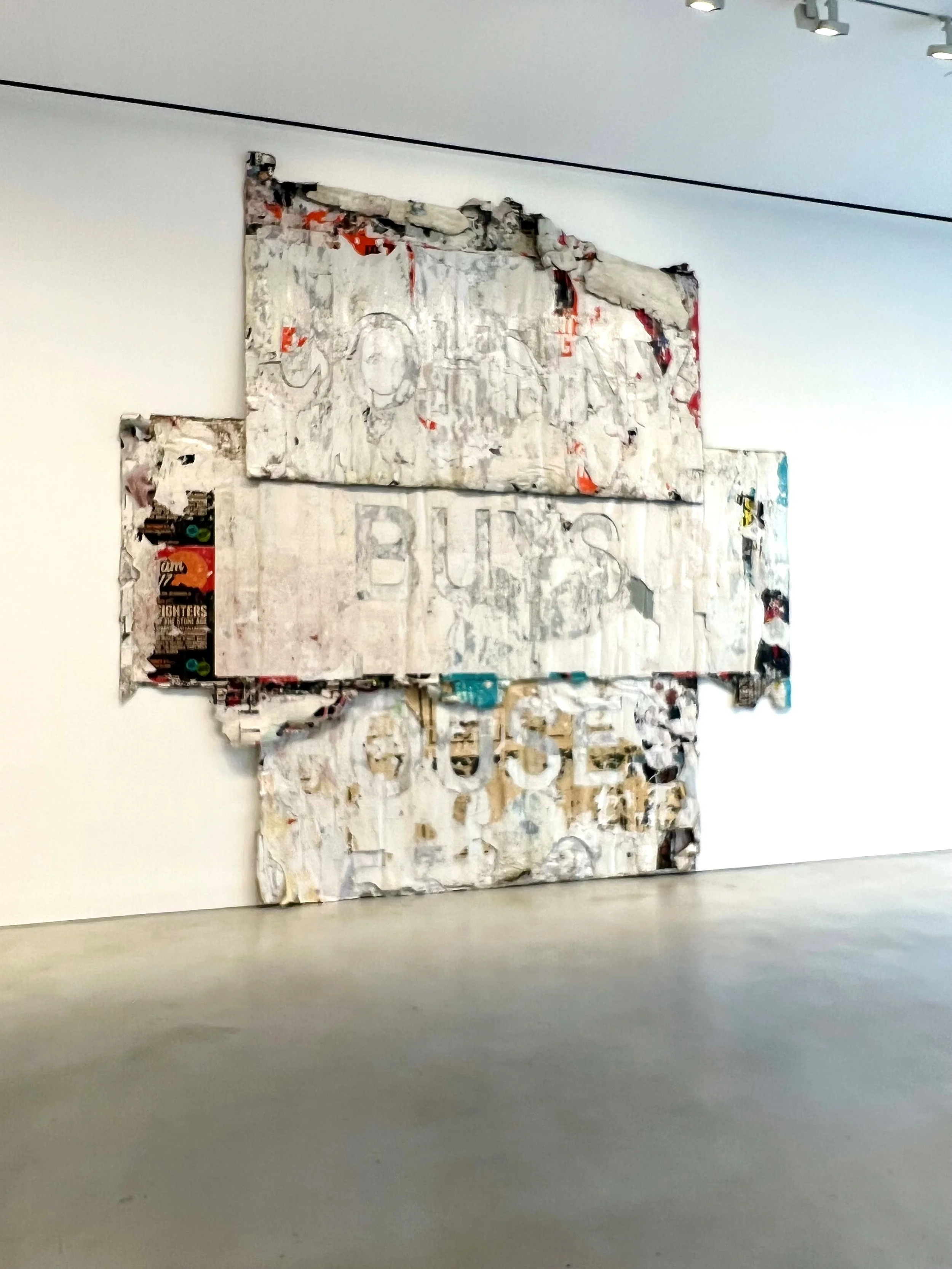The Groove 218 - Is Art About Money?
Welcome to the 218th issue of The Groove.
I am Maria Brito, an art advisor, curator, and author based in New York City.
If you haven’t done so, please subscribe here, to get The Groove in your inbox for free every Tuesday.
IS ART ABOUT MONEY?
There's a certain romance to the idea that art exists in a pure, untouchable realm, immune to the forces of commerce. But let's not kid ourselves, because money and art have been entangled for centuries. The Renaissance was funded by the Medici. Some of the Impressionists struggled to sell paintings that now fetch nine figures. Picasso died in 1973 with an estate valued at $500 million (the equivalent of $2 billion today). And in our current times, billionaires shape museum collections or open their own.
Two weeks ago, I was on the phone with a friend who has worked as a journalist and editor for art publications for decades. He asked me if I thought that the conversation could be turned more toward the art and away from the money. My answer is that it’s not either/or. The truth is, money has always been part of the equation, but it’s never been the whole story.
The Market Decides Who Wins
Njideka Akunyili Crosby, The Beautyful Ones, 2012, acrylic, pastel, color pencil and Xerox transfer on paper. Sold at Christie’s New York on November 17, 2022 for $4,740,000.
From Michelangelo to Murakami, money has influenced who gets recognized, what gets exhibited, and which names become immortal. The art market has a gravitational pull: when prices rise, institutions take notice, and careers are made.
Look at Njideka Akunyili Crosby (b. 1983). She wasn’t chasing the commercial art world when she started painting intimate, multilayered portraits that explore Nigerian and American identity. Yet within a few years, her works were selling for over $3 million at auction, and major museums including the Whitney, the Met, and the Tate rushed to acquire them.
But here’s what sets Akunyili Crosby apart: she refuses to flood the market with her paintings. Unlike artists who increase supply to meet demand, she deliberately controls how many works she releases, ensuring that her art remains scarce, thoughtful, and museum-worthy rather than over-commercialized. It’s a masterclass in balancing financial success with artistic integrity, proving that artists can take control of their market rather than be controlled by it.
The Starving Artist Myth Needs to Die
Mark Bradford’s Manifest Destiny, 2023 at Hauser & Wirth, New York.
Now, let's address the elephant in the room: the myth of the starving artist. Van Gogh, the go-to example of artistic adversity, suffered from bipolar disorder and lived in a time when there was no established art market as we know it today. His struggles weren't about artistic purity; they were about a lack of systems that could support him and, unfortunately, his unstable mind.
But times have changed. Today, artists don't have to starve to be taken seriously. In fact, the most successful artists treat their careers like businesses.
Case in point: Mark Bradford. He started as a hairstylist and didn't even go to college until he was 30. Graduating from CalArts in 1995 when he was 34, he's now one of the most important painters of his generation. His abstract works, often made from everyday materials like merchant posters, now sell for millions. But Bradford doesn't just pocket the money, he reinvests it into social initiatives like Art + Practice, a nonprofit supporting foster youth in Los Angeles. He's living proof that artists can be both commercially successful and deeply engaged in meaningful, community-driven work.
Money Can Enable Art, Not Just Corrupt It
Olafur Eliasson, The Weather Project, 2003 at the Tate Modern in London. PA Images / Alamy Stock Photo.
The real problem isn’t that money influences art, because it always has. The problem is when market forces dictate what gets made. When artists start creating just to satisfy demand, when trends replace vision, when galleries push “safe’ works that sell instead of challenging ideas, that's when money suffocates creativity.
Money also enables art. It funds ambitious projects, sustains museums, and allows artists to devote themselves to their work.
Olafur Eliasson understands this balance better than most. Known for his large-scale installations that explore light, perception, and climate issues, he creates immersive experiences that transform public spaces. His 2003 piece “The Weather Project” at the Tate Modern in London, which simulated a glowing sun inside the museum’s Turbine Hall, drew millions of visitors and became a defining moment in contemporary art.
Eliasson’s financial success isn’t just about selling expensive works; it’s about funding socially impactful projects. His Little Sun initiative, for example, produces affordable solar-powered lamps for communities without electricity, blending design, sustainability, and accessibility. His career proves that commercial success and meaningful engagement with the world aren’t mutually exclusive; in fact, money can be the fuel that turns ambitious artistic ideas into reality.
So, Is Art About the Money?
It depends on where you’re looking. If you focus on the auctions, the art fairs, and the record-breaking sales, art can seem like nothing more than a luxury asset, a game for the wealthy.
But if you look beyond the price tags, at the artists who shape culture, challenge ideas, and redefine how we see the world, then you realize that art has always been about something deeper. Money is part of the equation, but it’s not the whole meaning.
The idea that great artists must suffer in obscurity is outdated. Today’s most impactful artists understand that money isn’t the enemy; on the contrary, it’s a tool. When used with intention, it doesn’t corrupt art; it amplifies it, making bold ideas possible and ensuring they reach the world.
Because in the end, a masterpiece isn’t remembered for its price. It’s remembered for its power.



